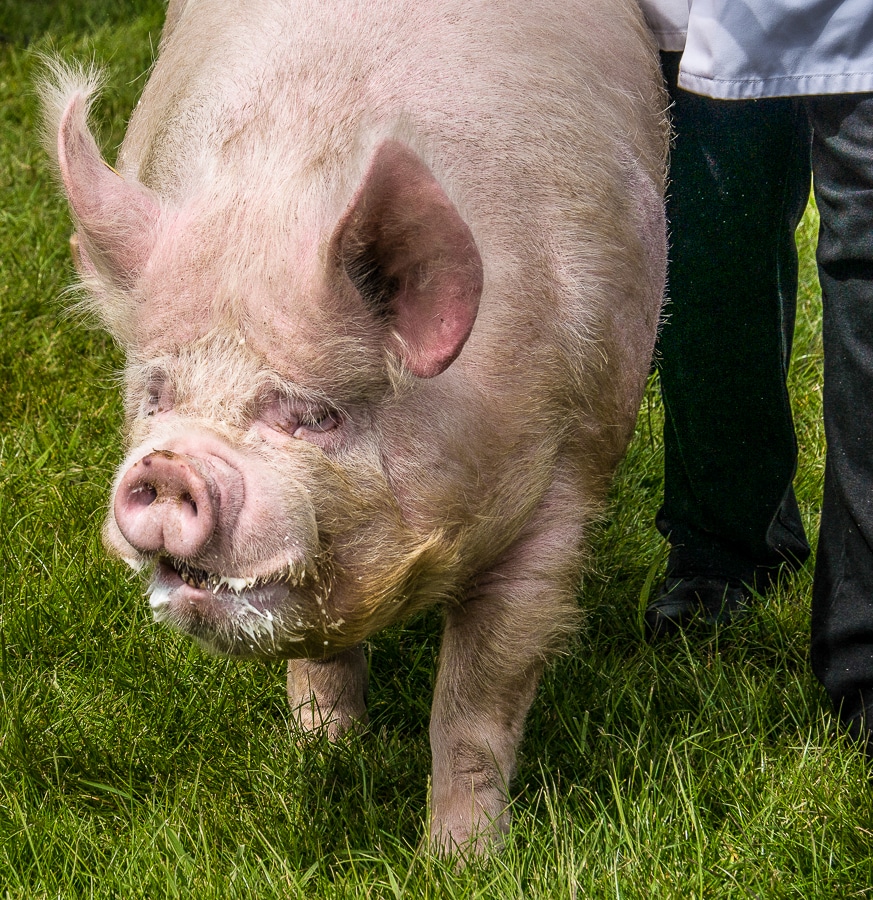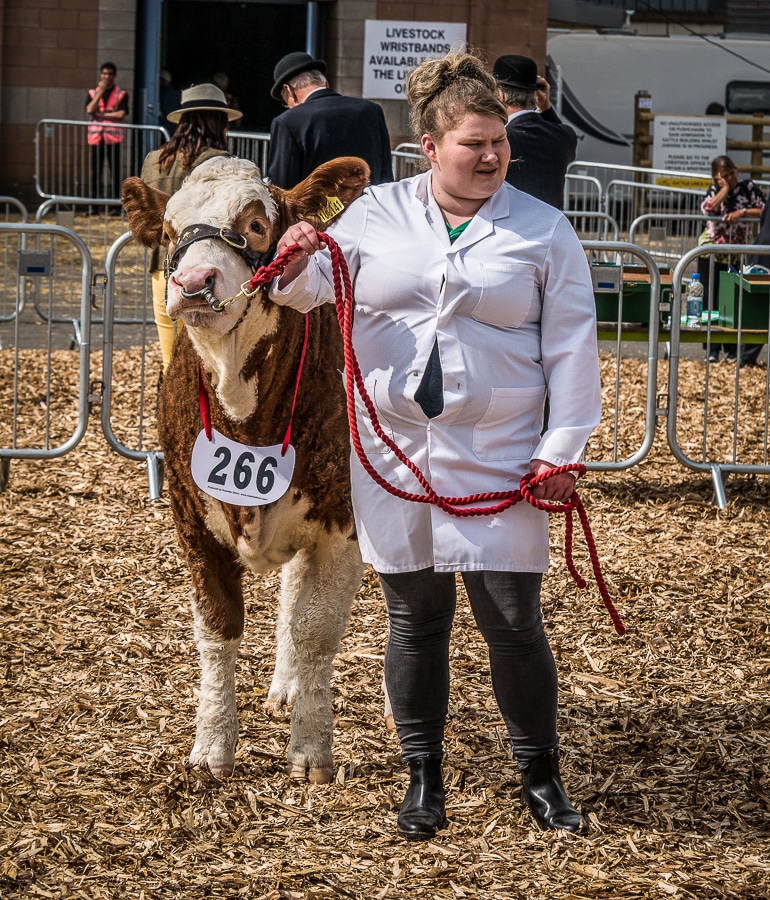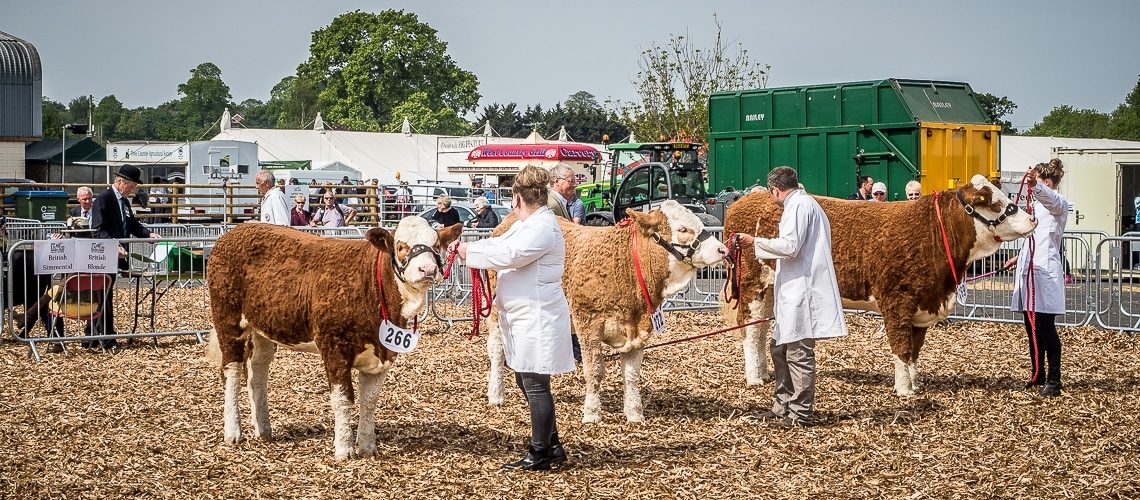Having been brought up on a farm, our annual ‘agricultural’ show was one of the highlights of the year. Back in the 1950s and -60s they were important events in the agricultural calendar. They were an opportunity for farmers to appraise the best in livestock; to look at new plant varieties, agrochemicals, buildings and equipment and to catch up with suppliers and with their peers. In those days, the showground was awash with noisy equipment; tractors running, elevators clattering and balers ticking over. ‘Health and Safety’ consisted of salesmen who tried to keep us kids off the working machines!
Over the years shows have changed. The number of farmers has diminished exponentially and those who have survived have become more specialised. Consequently, suppliers have found more timely, efficient and less expensive ways to communicate with their customers than attending ‘shows’. ‘Agricultural’ has been dropped from the title of many shows. The show’s audience has changed from being those predominantly engaged in agriculture to the general public. The show has changed from being a ‘trade show’ to an ‘entertainment’ and ‘retail opportunity’.

Anyone visiting a County Show these days would come away with a bizarre and distorted view of what farming is about. The pig and poultry breeds on display are minority and ‘rare’ breeds kept by hobbyists. They bear no relationship to the commercial hybrids that produce 99%+ of our food. Those commercial animals would never go near a show; the biosecurity on modern units is so tight that, having been in close proximity to other animals and people, they would never be allowed back to the farm from whence they came.
To a lesser extent, the same is true of many of the sheep and cattle breeds. Almost all our milk is produced by Holstein cows, but if you counted up the number of dairy cows of each breed exhibited at a show you might imagine that the Dairy Shorthorn was still a significant commercial breed. Don’t get me wrong, I’m delighted that enthusiasts still maintain rare breeds so that we can see them; but I do get concerned that visitors get a false impression of modern food production.
The same applies to the people. Looking around the individuals at a show you might get the impression that the countryside is full of farmers wearing bowler hats and driving round on carts pulled by shire horses. Or, that it is full of women wearing tweeds or jodhpurs, dedicated to jam making and flower arranging. It isn’t.

That said; let us celebrate the shows for what they are; a delightful anachronism, an exercise in living history, a bit of escapism that at some, albeit strange level, creates a connection between the inhabitants of the urban and the rural environments.
As we will not be able to get out and photograph the shows this year we have put together a little slideshow to remind us what we will be missing.

